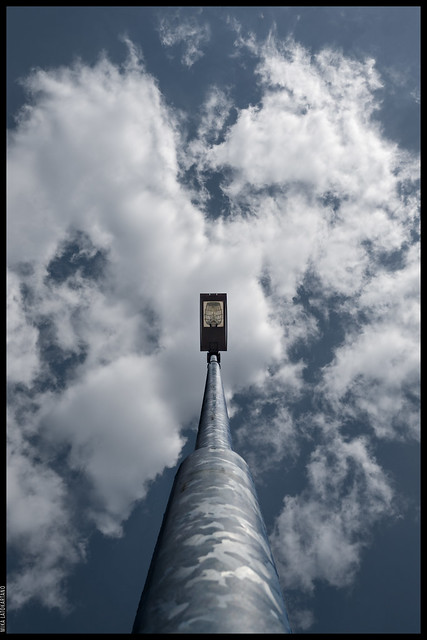A discussion thread on a photography forum about a compulsive need to take photographs even when true motivation for a capture is lacking touched on the question: “Who do you take photographs for, yourself or for others?”
The question seeks to find the individual primus motor for photography, the motivator, and is a reasonable thing to ask. Particularly in amateur photography it’s reasonable to argue that the motivation should be primarily intrinsic and one should take photographs primarily for oneself, not concerning oneself with audience. For a professional, the motivator may be extrinsic, necessitated and contractual by nature, even when intrinsic motivation is felt lacking.
But the question is phrased in a way to imply there are only two options. It’s a false dichotomy under a guise of a simple question.
I shoot primarily for myself as a form of self-expression and introspection, but at the same time for a wider audience. Without an audience, self-expression is a constrained form of introspection and interaction between the photographer and the subject – be it landscape, architecture or a person – is personal and insular in nature. An audience extends the interaction and introspection with extrospection and social interaction, and gives rise to what may be called art.
Consideration can be extended to qualities and the old metaphysical question of whether something can exist without observation. If a tree falls in a forest and no one hears it, does it make a sound? Ken Robinson in his wonderful Ted talk “Do Schools Kill Creativity” (they often do) had an amusing version of this old chestnut: “If a man speaks his mind in a forest and no woman is around to hear it, is he still wrong?” (He is.)
Introspective self-expression is in a way indeterministic.
John Locke divided qualities in primary and secondary. Primary qualities are material, secondary qualities are not. Of a photograph it can be thought that its primary qualities are those that define the entity itself, that is, the photograph. Those are its physical properties. Secondary qualities are those that elicit sensations, feelings and emotions in the viewer and are subjective by nature.
Perhaps a photograph reaches its fullest form when it is a subject of observation and a catalyst of interaction.


Probably the short answer would be either “maybe” or “it depends”. In reality there might be people who take photos just for themselves and probably not even ever look at those pictures by themselves. One example is Vivian Maier, who obviously photographed only for herself. The other good one is Gary Winograd who still had 2500 exposed but still undeveloped rolls of film at the time of his death.
On the other end of the spectrum are current “selfie photographes” who won’t exists without publicity.
I quess that with normal photography enhusiast the “for me” / “for the world” -ratio is something like 60-80:40-20 but always “for me” being over 50%. It is very important to get recognized but it is not the main driving force. For the professional, i.e. for the person who is photographer by profession the public is more important. Otherwise you cannot really make your living. And normally it also means that you take photos which will sell in one way or another.
Then we have artists, which may have the ratio as low as zero to 100. But in practise I do not know whether any artist can live in 100% vacuum?
So, back to original question: Do a photographer need an audience? It depends.
LikeLiked by 1 person